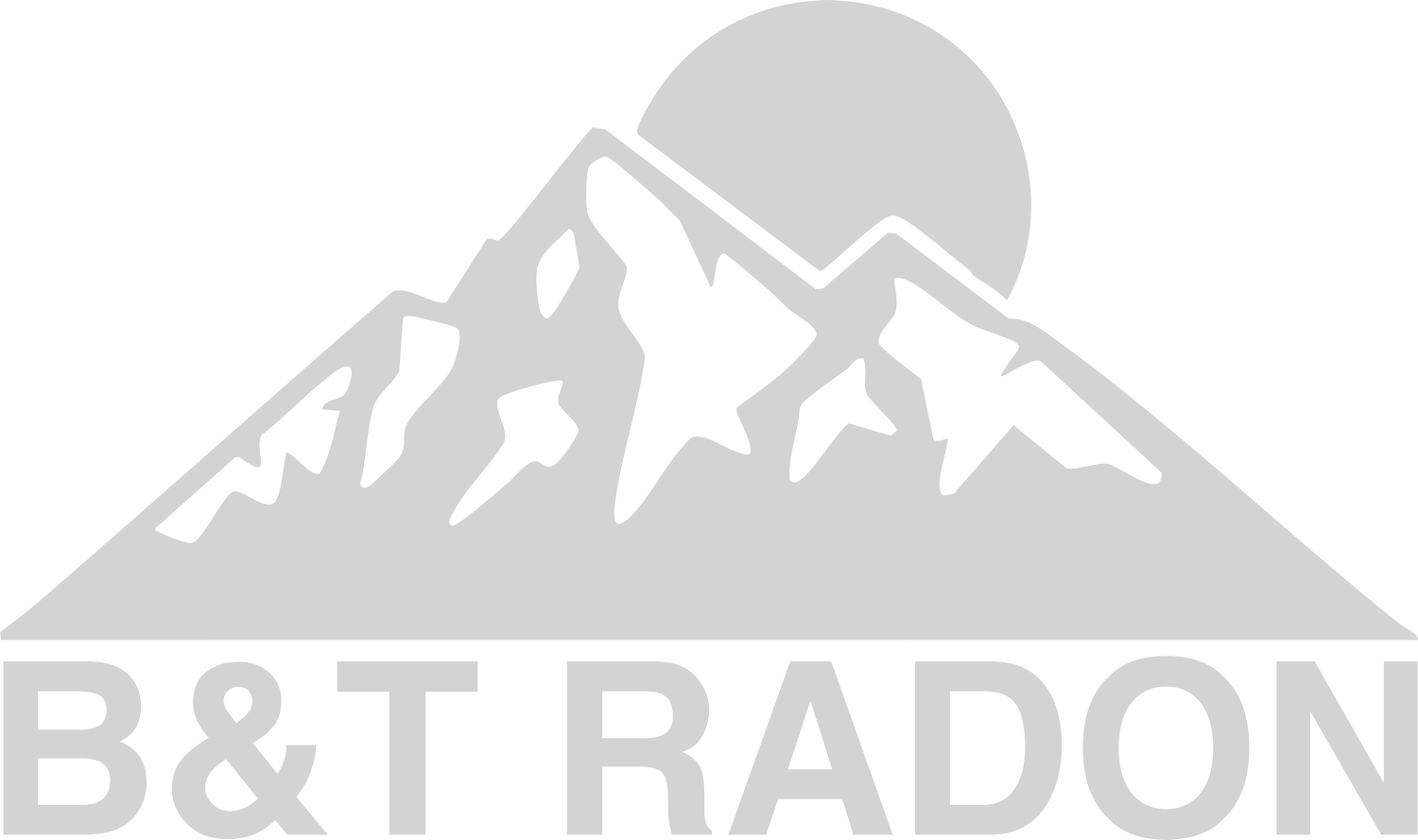FAQs
-
What is Radon?
Radon is a colorless, odorless, tasteless radioactive gas produced naturally by the decay of uranium in soil and rock. About half of homes in Colorado have high radon levels, making exposure common in the state and significantly increasing risk for lung cancer.
-
Why is Measurement Important?
Measuring radon in the home is crucial because it’s the only way to know if dangerous levels of this invisible, odorless gas are present. Prolonged exposure to high radon increases lung cancer risk. Testing is easy, affordable, and essential for protecting health and ensuring safe indoor air quality.
-
Why Does Mitigation System Compliance Matter?
Radon mitigation system compliance is vital because laws now require licensed professionals to install and service these systems, ensuring safety and effectiveness. Proper compliance guarantees systems reduce radon levels effectively, protects consumers, and adheres to standards that minimize health risks.
-
Why are Third-Party Reports Essential?
Third-party radon measurement and compliance inspections are essential in real estate transactions and property management. Homeowners, builders, and commercial property managers rely on independent testing to ensure unbiased, accurate reports that verify radon safety and compliance. This protects buyers from hidden health risks, ensures sellers disclose accurate information, supports building professionals in meeting standards, and safeguards property value and confidence across Colorado’s radon-prone areas.
-
When Should I Test or Inspect?
The EPA recommends testing for radon every two years, during real estate transactions, and after installing or servicing a mitigation system. Homeowners should retest regularly and after major renovations. Builders should test new constructions before occupancy to confirm system performance. Real estate professionals should ensure testing is completed as part of due diligence in sales. Commercial property managers should schedule routine testing and compliance inspections to verify ongoing system effectiveness. Testing is most convenient when temperatures are cooler, ensuring effective radon reduction and safe indoor air year-round.

